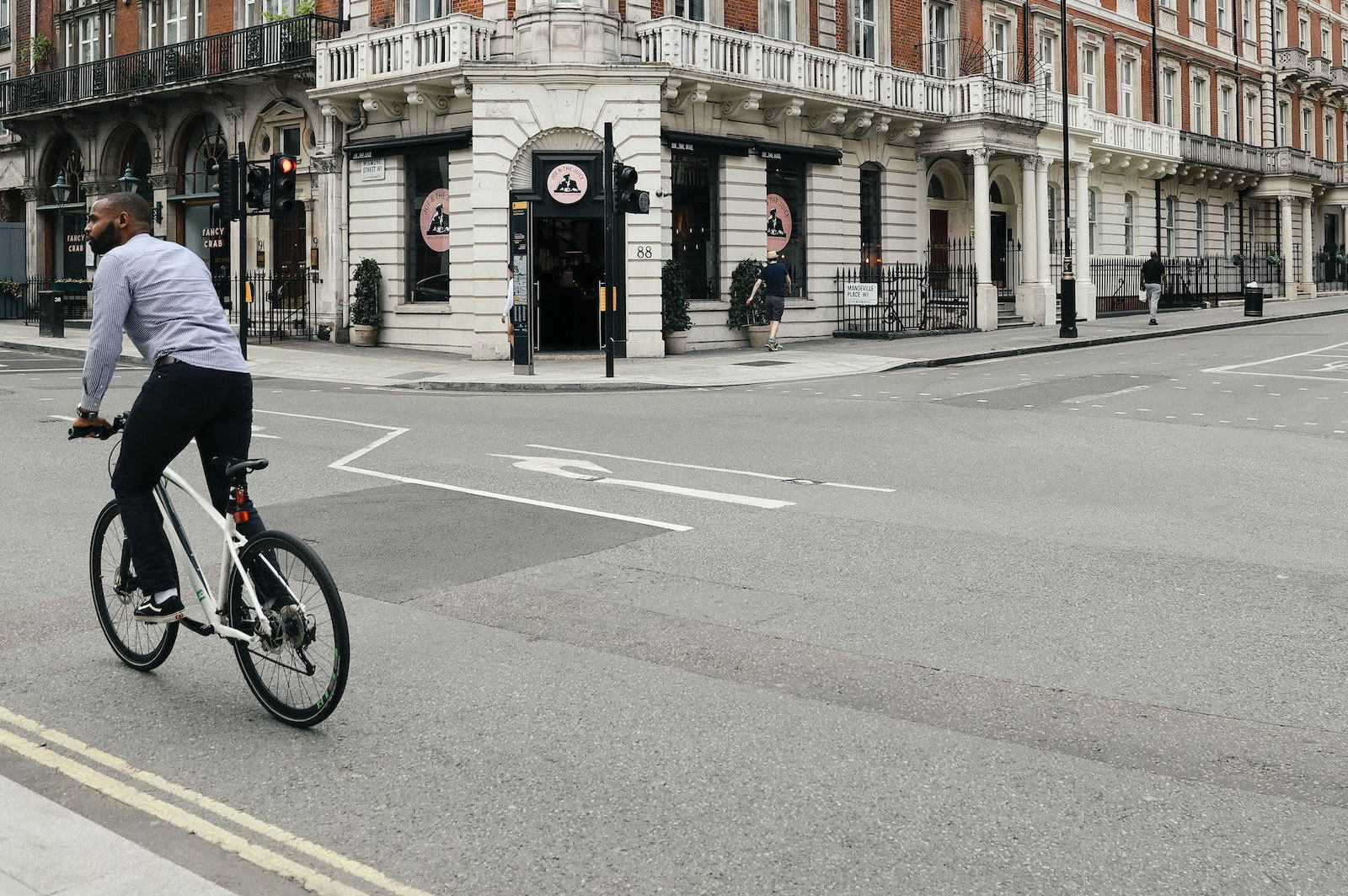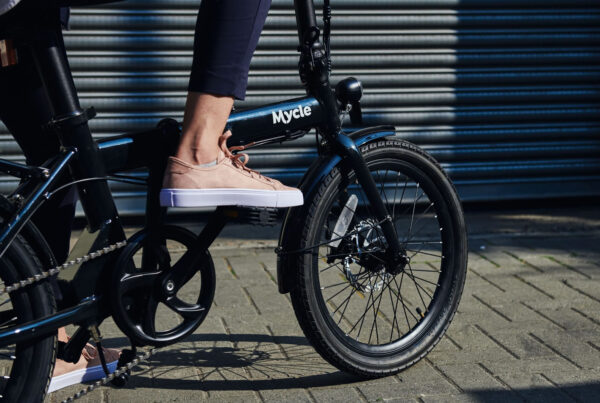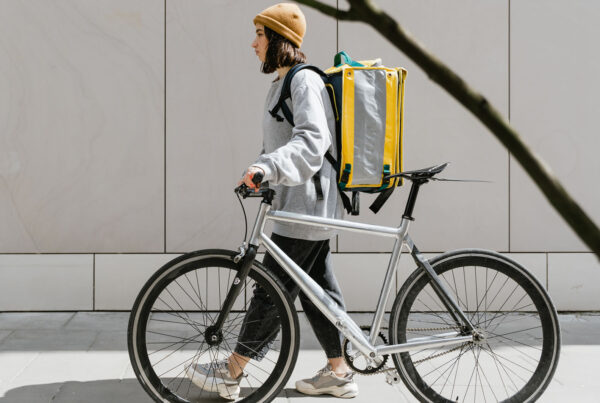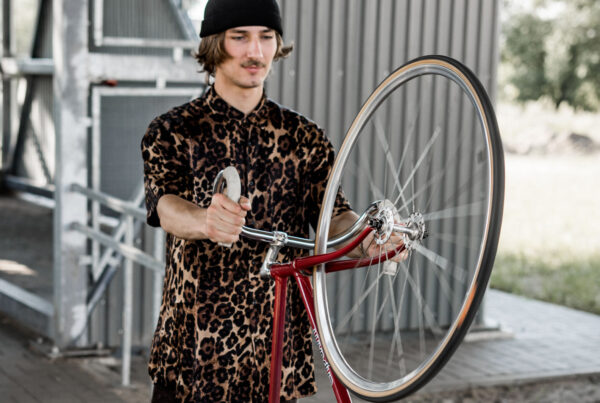London, crowned the most beautiful city in the world, what better way to discover it than by bike and explore London to the finest detail. But it’s important to feel comfortable and safe on the road first. That’s why at FYC we’ve put together this guide on everything you need to know about riding in London.
First of all, Know Your Route
- Research your route to find cycle paths or if you’re having trouble, check out the TFL Cycle Journey Planner for a list of recommended routes in London.
- Learn the regulations of public transport. Did you know you can’t take your bike on buses or trains during peak times (7:00am-9:30am Monday-Friday) ? Oh yeah, so plan accordingly!
Taking Care
- Be aware of your surroundings.
- Obey the Highway Code but before you get to the obeying part, read up on it before you jump on your bike and on the road.
- Make clear signals to alert those around you.
- Look out for pedestrians, especially when turning left at junctions or cycling on pavements (sidewalks).
What You Should Wear
- A helmet! Helmets are required by law in the UK and essential to protect you from serious head injuries if you fall off your bike.
- Eyewear. It’s important to wear sunglasses or goggles when cycling because they can reduce glare and UV rays that may damage your eyesight over time.
- Comfortable clothing that allows freedom of movement: Cycling requires a lot of movement, so it’s important to wear clothes that allow for this kind of activity without restricting movement too much or becoming uncomfortable as the ride continues.
- Light rain jacket/windproof jacket – You never know when it might rain! If there is any chance of rain at all (even if just mist), bring along an extra layer like this one so that if things get wetter than expected, there won’t be any issues with staying dry during those rainy days ahead!
What Bike Should You Ride
The first thing you need to consider is the type of bike you want to ride. There are many different types of bikes, and each has its own advantages and disadvantages.
- Lightweight: A lightweight bike will be easier to carry up stairs, through crowds and over bumpy terrain like cobblestones. However, these types of bikes tend not to be as robust or comfortable as heavier ones.
- Folding: Are you a commuter cyclist? Catching trains and riding the rest of the route? Consider a folding bike, great for swapping between 4 and 2 wheels at different parts of your commute.
- Robust: A robust bike will be able to handle rougher roads better than a lighter one because they’re built with stronger materials like steel frames instead of aluminium ones. They are also more likely to have mudguards (rain guards) and racks for carrying luggage on top or at the back – useful if you plan on touring London by bike!
- Comfortable: Comfort is very important when choosing your new mode of transport; if it doesn’t feel right then there’s no point in continuing with your journey! Make sure whatever seat height suits you best before committing yourself fully into buying one particular model otherwise it could end up being uncomfortable after just one journey home from work.”
- Electric: While the world Is going greener and more of us are swapping 4 wheels for 2, who wants to compromise on speed and comfort? Consider riding an ebike, it’s the new way to cycle London.
Bike Security in London
- Buy a good quality D-lock. It will be more likely to resist bolt cutters and hacksaws than a cheaper chain or cable lock.
- Don’t leave your bike out overnight! If you have to do this, make sure it’s in a busy area with high visibility so that passers-by can keep an eye on it and alert you if anything happens.



